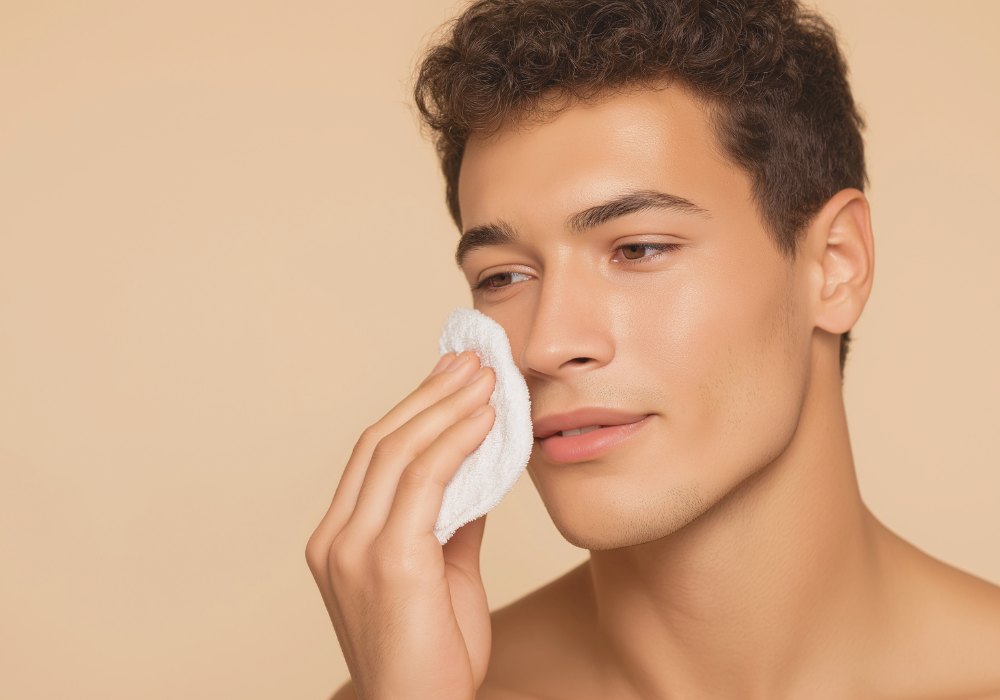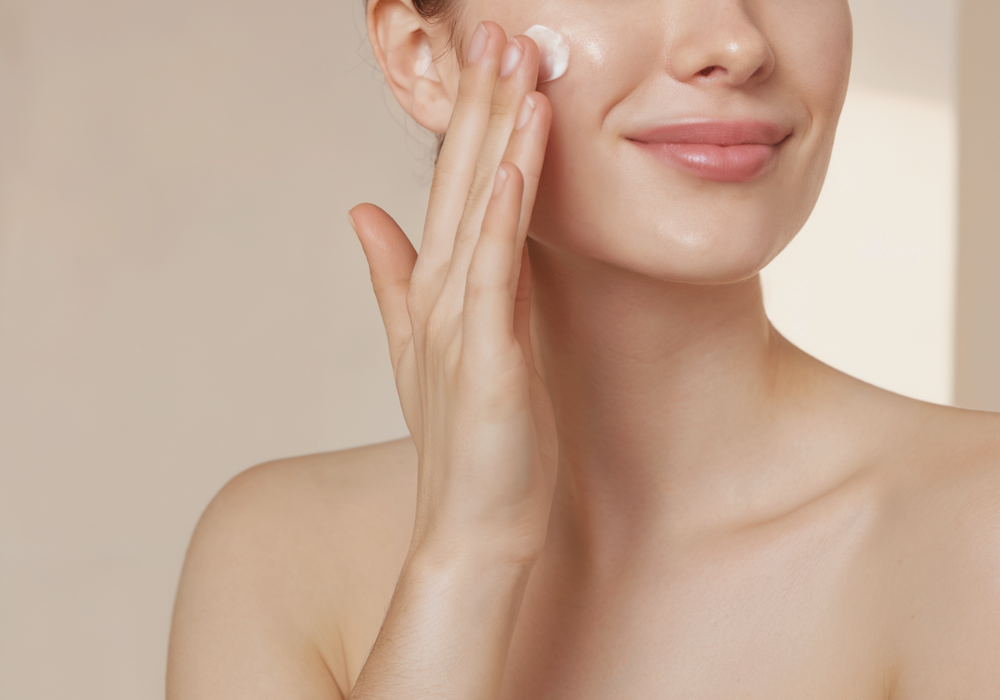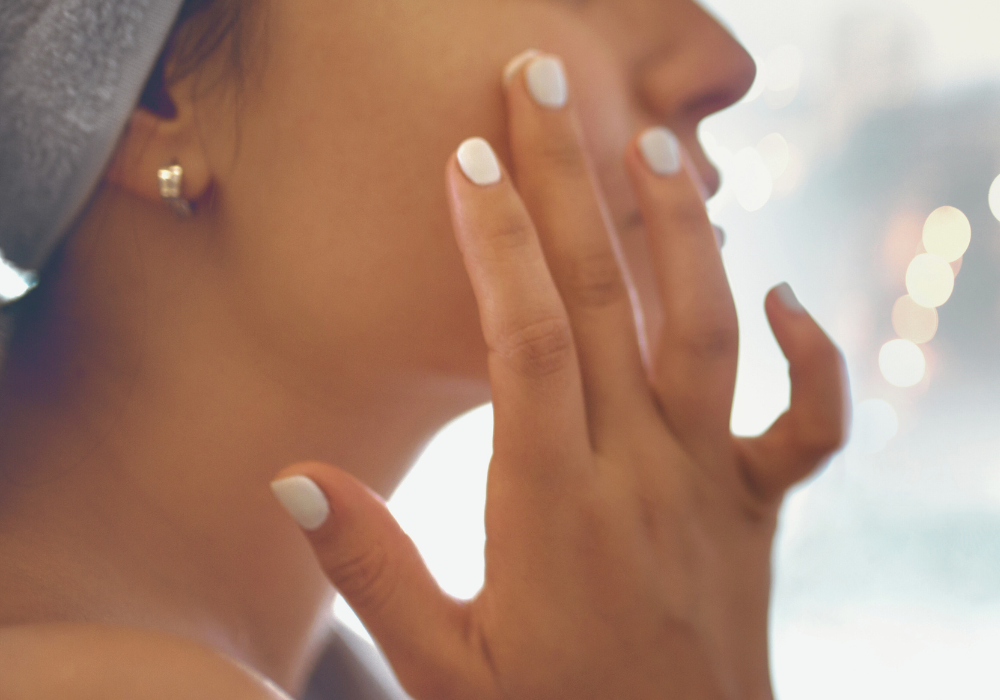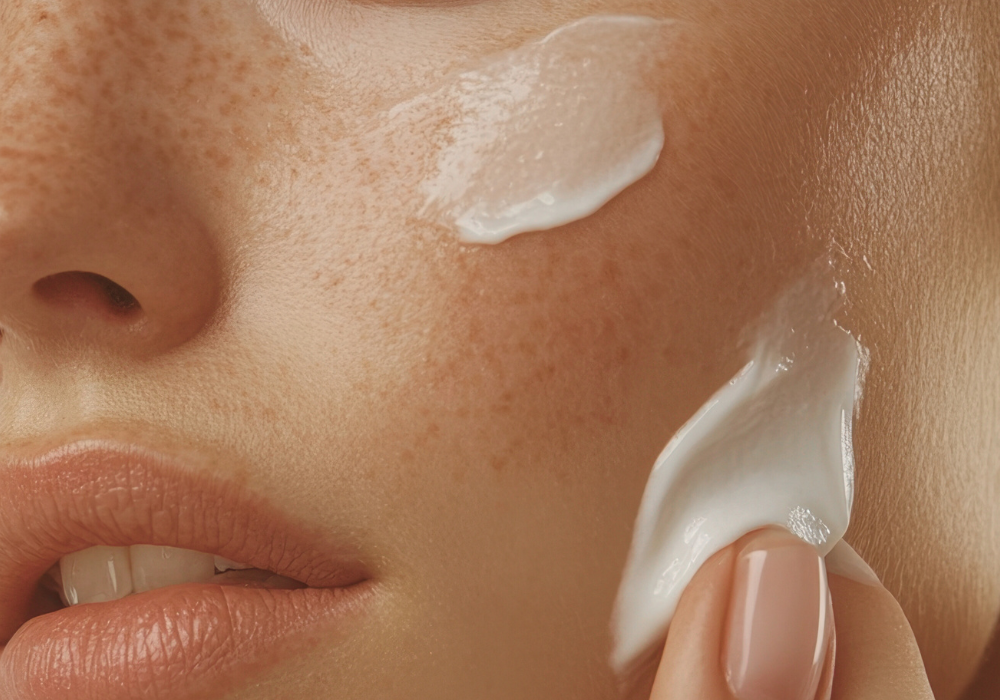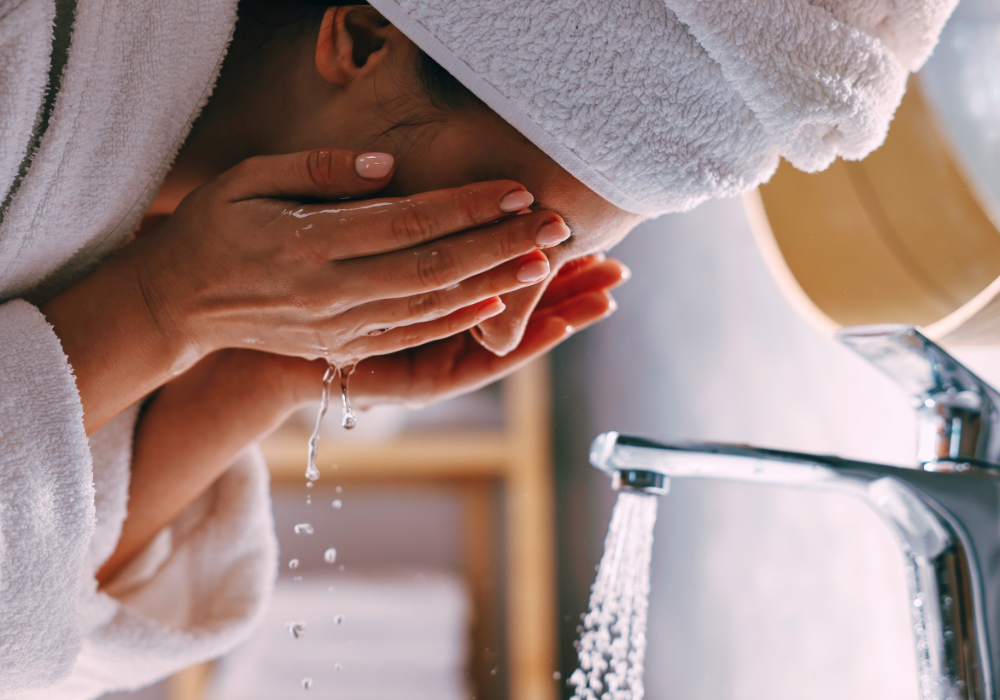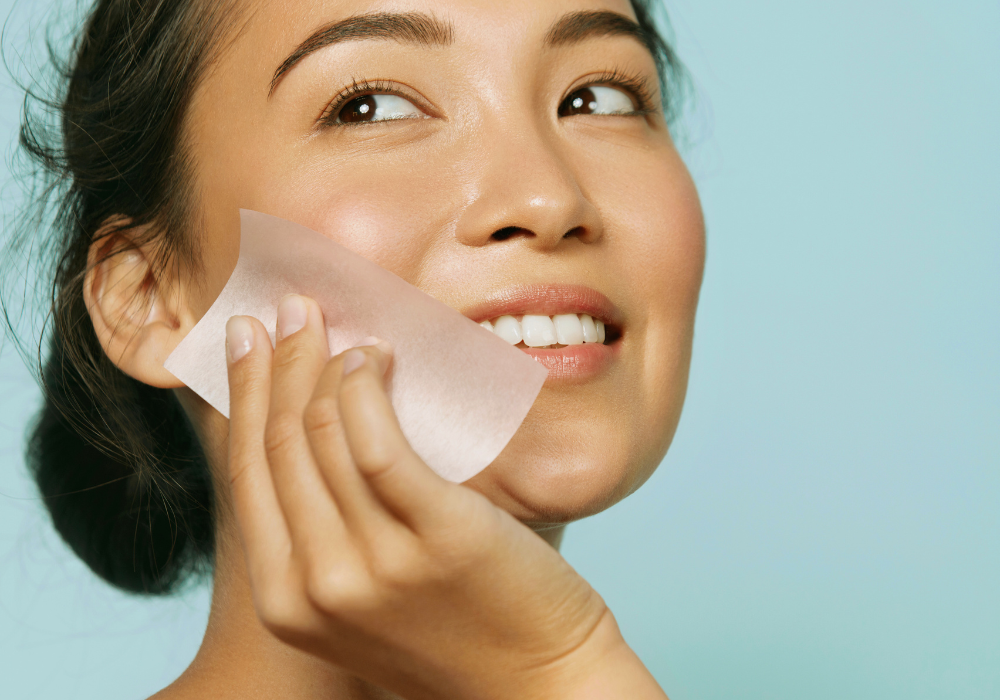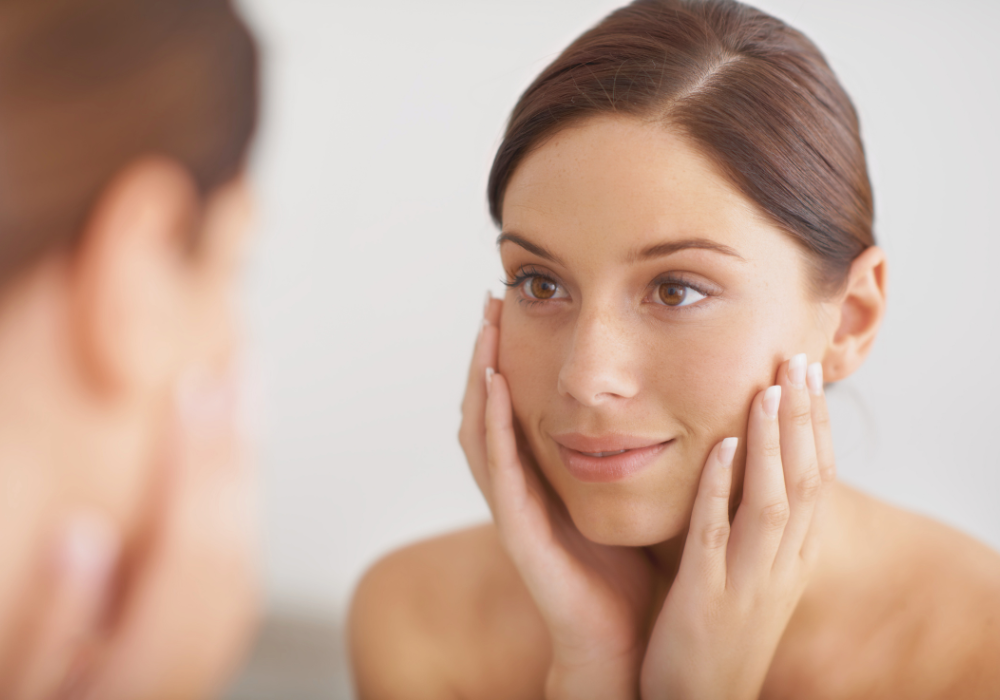Comprehensive data compiled from extensive research on men's anti-aging skincare efficacy, market trends, and science-backed practices
Key Takeaways
-
Market growth accelerates for men's anti-aging skincare - The global anti-aging products market reaches $90.8 billion by 2032 with men representing the fastest-growing demographic segment, driven by cultural shifts normalizing skincare as essential male grooming
-
Early intervention delivers superior long-term outcomes - Early, consistent photoprotection and evidence-based actives are associated with better long-term outcomes, making preventative care significantly more effective than corrective approaches
-
Science-backed ingredients demonstrate measurable results - Anti-aging products containing retinol show visible improvement in fine lines after 12 weeks of consistent use, with clinical studies validating efficacy of hydroxy acids, hyaluronic acid, and peptides
-
Simplified routines improve long-term adherence - 76% of men continue anti-aging skincare routines long-term when they see visible results within 3 months, highlighting the importance of multifunctional products that deliver without complexity
-
Men's skin requires gender-specific formulations - Male skin is approximately 25% thicker and produces more sebum than women's, necessitating science-backed exfoliating cleansers formulated for male physiology
-
Daily sun protection remains the most effective anti-aging measure - Dermatology organizations recommend daily sunscreen use as the single most critical anti-aging practice for men of all skin types, preventing damage before correction becomes necessary
-
Visible improvements require consistent 8-12 week commitment - Skin texture and firmness improvements typically appear within 8-12 weeks of consistent anti-aging product use, not days or weeks, requiring realistic expectations and routine adherence
-
Premium formulations deliver cost-effective daily care - Men's anti-aging products cost 25% less on average than equivalent women's products despite similar formulations, with effective daily-use products ranging $0.48-$0.60 per day when properly formulated
The Growing Market for Skincare for Men: Statistics That Show the Shift
1. The global anti-aging products market reaches $90.8 billion by 2032 with men as fastest-growing segment
The global anti-aging products market is projected to reach $90.8 billion by 2032, growing at 7.8% CAGR, with men representing the fastest-growing demographic segment. This explosive growth reflects cultural evolution where skincare is no longer viewed as exclusively feminine but recognized as essential self-care and grooming. Social media, celebrity endorsements, and increased awareness of skin health have driven significant product innovation in the men's anti-aging category, with brands developing formulations addressing male-specific concerns while maintaining appropriate positioning. This market expansion creates unprecedented access to science-backed solutions at multiple price points for men of all ages. Source: Persistence Market Research
2. Men's anti-aging skincare usage has grown by nearly 60% over the past three years
Men's anti-aging skincare adoption has increased by nearly 60% over the past three years, demonstrating accelerating acceptance of preventative and corrective skincare routines among male consumers. This growth outpaces overall skincare market expansion and reflects younger men adopting routines earlier in life rather than waiting for visible aging signs. The shift indicates fundamental behavioral change where men increasingly prioritize skin health alongside traditional grooming practices. Organizations developing multifunctional, science-backed products that simplify routines without sacrificing efficacy are positioned to capture this rapidly expanding demographic. Source: Evidnt Men's Skincare Market Trends 2025
3. Asia Pacific leads adoption with 65% of men aged 30+ using specialized anti-aging products
The Asia Pacific region demonstrates the highest men's anti-aging skincare adoption globally, with South Korea and Japan showing 65% of men aged 30+ using specialized anti-aging products regularly. This regional leadership reflects cultural normalization of male skincare routines and sophisticated consumer knowledge of ingredient efficacy. While Western markets lag behind, adoption curves suggest rapid convergence as awareness increases and product availability expands. This geographic data indicates substantial untapped potential in emerging markets and demonstrates viability of premium men's skincare when cultural barriers are addressed through education and appropriate positioning. Source: Fact.MR Men's Personal Care Market Report 2025
How Many Men Actually Use Anti-Aging Skincare Products? The Numbers
4. 47% of men aged 45+ regularly use anti-aging products compared to just 18% of men aged 25-34
Usage patterns reveal 47% of men aged 45+ regularly use anti-aging skincare products compared to just 18% of men aged 25-34, demonstrating reactive rather than preventative approaches still dominate male skincare behavior. This age gap represents missed opportunities for early intervention that delivers superior long-term outcomes. The lower adoption among younger demographics despite growing awareness suggests barriers including perceived complexity, unclear value propositions, and product selection confusion. Simplified, multifunctional formulations targeting preventative benefits resonate more effectively with younger male consumers seeking efficiency without extensive routines. Source: Persistence Market Research
5. 76% of men continue routines long-term when seeing visible results within 3 months
Research indicates 76% of men who establish consistent anti-aging skincare routines continue them long-term when they see visible results within the first 3 months. This retention correlation underscores the importance of formulations delivering measurable improvements within realistic timeframes rather than requiring extended commitment before benefits appear. Products combining multiple benefits in simplified steps improve adherence by reducing complexity while accelerating visible outcomes. Men abandon routines primarily due to lack of perceived results or excessive time requirements, making streamlined, efficacy-focused approaches essential for sustained engagement. Source: Evidnt Men's Skincare Market Trends 2025
The Science Behind Anti-Aging Ingredients: Efficacy Statistics Men Should Know
6. Clinical studies demonstrate retinoids show visible improvement in fine lines after 12 weeks
Clinical studies demonstrate retinoids show visible improvement in fine lines after 12 weeks of consistent use, with evidence-based efficacy establishing retinol as a gold-standard anti-aging ingredient when formulated at appropriate concentrations and paired with supporting ingredients minimizing irritation. The 12-week timeframe for visible results sets realistic expectations, distinguishing science-backed formulations from products making unrealistic rapid-result claims. Men seeking proven anti-aging outcomes should prioritize products with clinical validation and transparent ingredient concentrations rather than marketing promises. Source: National Center for Biotechnology Information Clinical Study
7. Hydroxy acid formulations improve skin texture when used consistently over 8-12 weeks
Clinical research shows hydroxy acid formulations improve skin texture and skin tone when used consistently over 8-12 weeks. These results validate hydroxy acids as highly effective exfoliation and renewal ingredients for men with rough texture, enlarged pores, or post-acne scarring. The Kipi Exfoliating Daily Cleanser combines triple-action hydroxy acids (AHA 1%, BHA 0.4%, Gluconolactone 1%) for gentle daily exfoliation without harsh physical abrasives, formulated at pH 4.5-5.5 to match skin's natural pH. This science-backed blend delivers measured results while remaining gentle enough for morning and night use across all skin types. Source: PubMed Central
Skincare Routine Steps That Deliver Results: What Statistics Reveal
8. Dermatology organizations recommend daily sunscreen as the most effective anti-aging measure
Dermatology organizations recommend daily sunscreen use as the most effective anti-aging measure for men of all skin types. This professional consensus establishes sun protection as a non-negotiable foundation of any anti-aging approach, preventing photodamage before correction becomes necessary. Clinical trials demonstrate men using daily SPF 30+ with broad-spectrum protection show significantly less sun damage over time compared to those without consistent protection. The preventative value of daily SPF significantly exceeds corrective potential of any topical treatment, making morning sun protection the highest-ROI anti-aging practice men can adopt. Source: Annals of Internal Medicine 2013 Sunscreen RCT
9. Visible improvements in skin texture and firmness appear within 8-12 weeks of consistent use
Clinical data establishes visible improvements in skin texture and firmness typically appear within 8-12 weeks of consistent anti-aging product use, not the days or weeks often suggested in marketing claims. This realistic timeframe sets appropriate expectations and explains why routine adherence proves critical for achieving benefits. Men discontinuing products before the 8-week minimum evaluation period miss potential improvements and waste investment in partially consumed products. The Kipi Exfoliating Daily Cleanser is designed for twice-daily use as the first step before SPF or moisturizer, combining exfoliation, cleansing, and hydration in one simple step that fits seamlessly into morning and evening routines for sustained adherence. Source: Skin Therapy Letter
Skincare for Oily Skin vs. Dry Skin: Usage Statistics and Preferences
10. Male facial skin tends to be approximately 25% thicker and oilier on average
Physiological research establishes male facial skin as approximately 25% thicker with significantly higher sebum production, larger pores, and naturally higher collagen content compared to women's skin. However, women experience accelerated collagen loss after menopause due to lower estrogen levels, creating unique anti-aging requirements for both genders. These biological differences explain why men benefit from gender-specific formulations rather than using products designed for female physiology. The Kipi Exfoliating Daily Cleanser addresses male skin characteristics with Beta-Hydroxy Acid (0.4%) to dissolve excess oil while moisture-locking natural sugars prevent dehydration, formulated specifically for Normal, Dry, Combination, and Oily skin types at skin's natural pH. Source: Skin Research and Technology 2014
11. Men combining professional treatments with at-home routines show greater improvement
Clinical data demonstrates men who combine professional dermatological treatments with at-home anti-aging routines show greater improvement in skin aging markers than at-home use alone. This synergistic effect validates hybrid approaches where professional procedures create foundation for enhanced daily product efficacy. However, the comparison also reveals at-home routines alone deliver measurable benefits without professional intervention, making consistent daily care accessible and effective regardless of treatment budget. Professional services amplify rather than replace the fundamental value of science-backed daily formulations applied consistently. Source: National Center for Biotechnology Information Clinical Study
Age-Specific Anti-Aging Statistics: When Men Start and Why
12. Premium men's anti-aging products cost 25% less on average than equivalent women's products
Market analysis shows premium anti-aging products for men cost 25% less on average than equivalent women's products despite similar formulations and ingredient concentrations. This pricing differential creates value opportunity for male consumers seeking science-backed ingredients without premium pricing typically associated with women's skincare. The gap reflects market maturity differences and competitive dynamics rather than formulation quality, allowing informed men to access effective anti-aging solutions at favorable price points. Understanding this pricing pattern enables smarter purchasing decisions focused on ingredient efficacy rather than gendered marketing. Source: Grand View Research Anti-Aging Products Market Analysis 2024
Exfoliation Statistics: How Often Men Should (and Actually Do) Exfoliate
13. Triple-action hydroxy acids gently exfoliate while breaking down dull surface layers
Clinical formulation research validates triple-action hydroxy acid combinations as highly effective for renewing and exfoliating skin by breaking down stubborn dull surface layers without physical abrasion. This chemical exfoliation approach proves gentler and more consistent than manual scrubbing while delivering superior texture refinement. The combination of alpha hydroxy acids (from citrus fruit extracts), beta hydroxy acids (salicylic acid), and polyhydroxy acids (gluconolactone) addresses multiple exfoliation mechanisms simultaneously for comprehensive cellular turnover support. Advanced formulations ensure thorough exfoliation removing impurities and dead cells while revealing refreshed, vibrant complexion without causing inflammation or barrier disruption. Source: Kipi Product Formulation Science
Hydration and Moisture Retention: Statistics on Skin Barrier Health in Men
14. Charged hyaluronic acid enhances water binding for effective hydration even after rinsing
Next-generation hyaluronic acid engineered with positive charge enhances binding of water molecules to skin for effective hydration even after rinsing, representing significant advancement over conventional hyaluronic acid formulations. This innovation delivers long-lasting moisture resulting in smoother, plumper skin that remains hydrated throughout the day rather than requiring reapplication. The charged molecule structure creates stronger attraction to negatively charged skin surface, preventing hydration loss during cleansing processes. The Kipi Exfoliating Daily Cleanser features Charged Hyaluronic Acid (0.1%) specifically engineered for this enhanced water-retention capability, paired with moisture-locking natural sugars that optimize water reserves and improve barrier function for immediate and long-term hydration. Source: Kipi Product Formulation Science
15. Moisture-locking natural sugars improve barrier function for long-term hydration
Scientific research on natural sugar complexes demonstrates their ability to form hydrating matrix on skin's surface, optimizing water reserves and improving barrier function for immediate and long-term hydration. This formulation approach locks in moisture, prevents dehydration, and enhances overall skin health, leaving complexion plumper, smoother, and more resilient. The natural sugar blend works synergistically with humectants like hyaluronic acid to create a multi-layer hydration system addressing both surface moisture and deeper skin water content. Men with dry or combination skin particularly benefit from this dual-action hydration approach that maintains comfort without greasy residue. Source: Kipi Product Formulation Science
Compliance and Consistency: Statistics on Skincare Routine Adherence
16. Simplified routines significantly improve adherence compared to complex multi-step protocols
Behavioral research indicates simplified skincare routines significantly improve long-term adherence compared to complex multi-step protocols, particularly among male consumers prioritizing efficiency. Men abandon elaborate routines primarily due to time requirements and complexity rather than cost, making multifunctional products combining multiple benefits in single applications ideal for sustained engagement. The "Premium Skincare Simplified" approach delivering three benefits in one formula addresses the fundamental barrier preventing routine consistency. Products that exfoliate, cleanse, and hydrate in one simple step eliminate decision fatigue and reduce time investment while maintaining science-backed efficacy for visible results. Source: Evidnt Men's Skincare Market Trends 2025
17. 68% of premium male skincare shoppers now use digital skin analysis before purchasing
Market data shows 68% of premium male skincare shoppers now use some form of digital skin analysis before purchasing, transforming how men select anti-aging products from generic age-based recommendations to personalized approaches. This technology adoption enables more targeted formulation selection addressing individual skin concerns rather than demographic assumptions. AI-powered recommendation systems and virtual consultations reduce purchase uncertainty and improve satisfaction by matching specific needs with appropriate ingredient combinations. However, the most effective digital tools still require science-backed product formulations as foundation for recommendations to deliver promised results. Source: Evidnt Men's Skincare Market Trends 2025
Frequently Asked Questions
What percentage of men use anti-aging skincare products daily?
47% of men aged 45+ regularly use anti-aging products, but only 18% of men aged 25-34 maintain daily routines despite dermatologists recommending early intervention. Adoption increases significantly with age, reflecting reactive rather than preventative approaches among younger demographics.
At what age should men start using anti-aging skincare?
Dermatologists recommend men start anti-aging skincare in their late 20s to early 30s for optimal preventative results. Early, consistent photoprotection and evidence-based actives are associated with better long-term outcomes, establishing early intervention as superior to corrective approaches.
How long does it take to see visible results from anti-aging skincare?
Visible improvements in skin texture and firmness typically appear within 8-12 weeks of consistent anti-aging product use according to clinical data. 76% of men who see results within the first 3 months continue their routines long-term, highlighting the importance of realistic timeframe expectations.
What is the most effective anti-aging ingredient based on clinical data?
Retinoids show visible improvement in fine lines after 12 weeks of consistent use, while hydroxy acid formulations improve skin texture over 8-12 weeks. However, dermatology organizations recommend daily broad-spectrum sunscreen as the single most effective anti-aging measure for prevention.
How often should men exfoliate for optimal anti-aging results?
Science-backed formulations with gentle chemical exfoliants like triple-action hydroxy acids can be used daily for morning and night without the irritation associated with physical scrubbing. The Kipi Exfoliating Daily Cleanser combines AHA, BHA, and PHA for consistent exfoliation gentle enough for twice-daily use across all skin types.
